NEW YORK -- On Sept. 12, Reuters reported that there were protesters present when the U.S. consulate in Benghazi was attacked and described the assailants as "part of a mob blaming America for a film they said insulted the Prophet Mohammad."
But last week, State Department officials said they never concluded that any protests over the video took place near the Benghazi mission on Sept. 11. The statement raised questions about what prompted the Obama administration's initial explanation of the events leading up to the attack, which left U.S. Ambassador To Libya Christopher Stevens and three other Americans dead.
In light of the State Department's announcement, early news reports of a protest taking place are drawing fresh scrutiny. Several outlets reported the attackers had been provoked by the film, an amateurish YouTube video mocking the Muslim prophet.
On Monday, Reuters correspondent Hadeel Al-Shalchi was asked on Twitter about her Sept. 12 report, which included an eye-witness account of the protest. Al-Shalchi responded that she reported what people "told me they saw that day," all of whom she met face to face. Al-Shalchi, who arrived Sunday in Benghazi, tweeted that she's now "doing some reporting" there and asked the reader to give her time.
Al-Shalchi referred this reporter's questions about the Sept. 12 article to Reuters' public relations team. A Reuters spokesperson declined to comment.
While numerous media outlets initially linked the anti-Islam video to the violence in Benghazi, few news organizations had reporters on the ground to confirm such ties.
Reuters' Sept. 12 piece -- written by Al-Shalchi and Matt Spetalnick, with additional reporting from Benghazi -- cites people who said they witnessed a protest taking place.
Witnesses said the mob included tribesmen, militia and other gunmen. Hamam, a 17-year-old who took part in the attack, said Ansar al-Sharia cars arrived at the start of the protest but left once fighting started.
"The protesters were running around the compound just looking for Americans, they just wanted to find an American so they could catch one," he said.
"We started shooting at them, and then some other people also threw hand-made bombs over the fences and started the fires in the buildings," he said.
"There was some Libyan security for the embassy outside but when the hand-made bombs went off they ran off and left." Hamam said he saw an American die in front of him in the mayhem that ensued. He said the body was covered in ash.
State Department officials, speaking anonymously to reporters Tuesday, described weaponry far more sophisticated than hand-made bombs. Following the briefing, the Associated Press described a "sustained attack that involved multiple groups of men armed with weapons such as machine guns, rocket-propelled grenades and mortars over an expanse of more than a mile."
Though the State Department provided many additional details Tuesday, questions remain about the chain of events. Secretary of State Hillary Clinton told reporters Friday that "to this day, we do not have a complete picture" of what happened in Benghazi.
The New York Times, which had two journalists on the ground the night of the attack, also reported on demonstrators on the scene who were motivated by the anti-Islam film.
On Sept. 12, the Times reported having spoken with "fighters involved in the assault" who told the paper they "were moved to attack the mission by anger over a 14-minute, American-made video." The Times article also noted that "unarmed demonstrators" were on hand, along with armed assailants. "Interviewed at the scene on Tuesday night, many attackers and those who backed them said they were determined to defend their faith from the video’s insults," the Times reported.
Times foreign editor Joseph Kahn, in an email to The Huffington Post, said the paper stands by that early reporting.
Kahn said that the Libyan journalist under contract for the Times "observed unarmed as well as armed people at the scene, and it was clear that at least some of the people involved in the incident were informed and motivated by the video." Kahn said the Times has "no reason to suspect in those subsequent contacts that our initial reporting was wrong, and we have had several stories that filled out the timeline of events more thoroughly than was possible in the immediate aftermath."
"It may well be true that the attack was planned before the video or simply took advantage of the video," Kahn said. "But there is no reason to believe that what participants in the attack told our reporter was false, or that we were wrong to report it."
